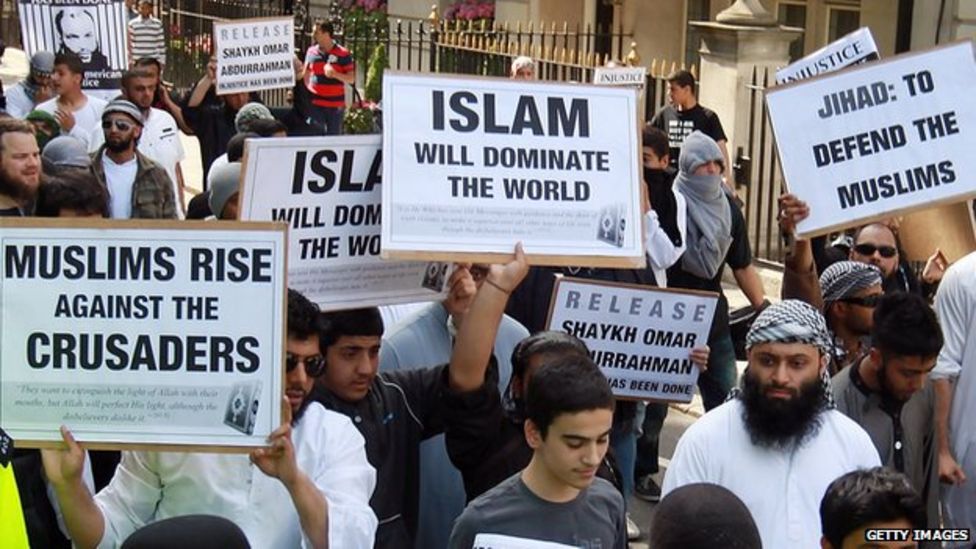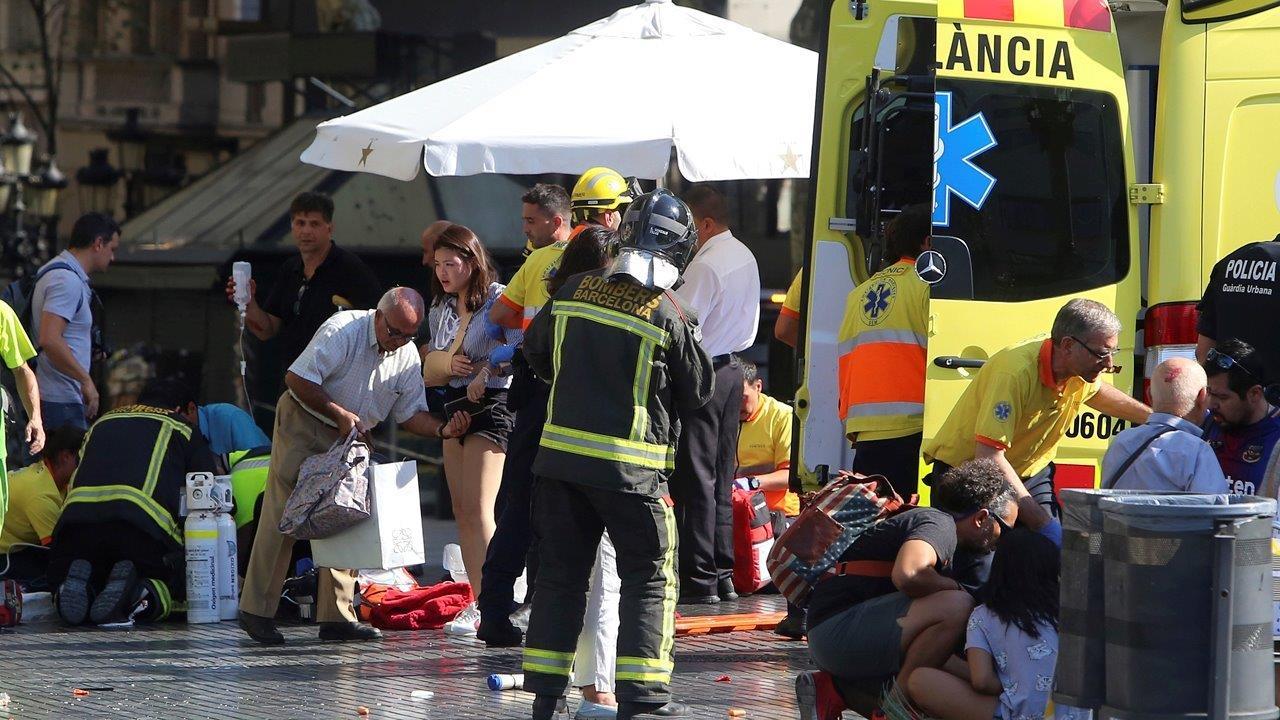Let's explore Islamic terrorist attacks in Europe.
Understanding the Basics
Think of Europe as a map. Different countries are like different puzzle pieces. Now, imagine some groups want to disrupt this peaceful puzzle. These groups sometimes use violence to achieve their goals. We are talking about a very small percentage of extremists.
Terrorism is using violence to create fear. The aim is to influence political change.
Islamic terrorism is when groups claiming to act in the name of Islam commit these violent acts. This does *not* represent the beliefs of the vast majority of Muslims.
It is important to remember that Islam is a religion practiced by billions of people around the world. Most Muslims are peaceful. Terrorists *misuse* religious beliefs.
Key Attacks: A Timeline
Let's look at some examples. Think of them as snapshots of events.
Madrid Train Bombings (2004)
Imagine a busy train station in Madrid, Spain. On March 11, 2004, bombs exploded on commuter trains. It was a devastating attack. Over 190 people died. Many more were injured. Al-Qaeda inspired the attackers. The image is of chaos, fear, and loss.
London Bombings (2005)
Picture London, a bustling city with red buses and the Underground. On July 7, 2005, suicide bombers attacked the London Underground and a bus. More than 50 people were killed. Hundreds were injured. The attack aimed to disrupt London's everyday life. It was timed to coincide with the G8 summit.
Paris Attacks (2015)
Think of Paris, a city known for its beauty and culture. In November 2015, Paris was hit by a series of coordinated attacks. These included shootings at the Bataclan concert hall, bombings near the Stade de France (stadium), and other locations. Over 130 people died. ISIS claimed responsibility. Imagine multiple scenes of horror happening simultaneously.
Nice Truck Attack (2016)
Visualize the Promenade des Anglais in Nice, France, on Bastille Day. It’s a national holiday with celebrations. A truck drove into a crowd of people celebrating. Over 80 people were killed. Hundreds were injured. ISIS claimed responsibility. The image is of families and friends celebrating turned into victims.
Berlin Christmas Market Attack (2016)
Imagine a festive Christmas market in Berlin, Germany. In December 2016, a truck drove into the market, killing 12 people. Many were injured. ISIS claimed responsibility. The image is of holiday cheer shattered by violence.
Barcelona Attacks (2017)
Picture Las Ramblas, a famous street in Barcelona, Spain. In August 2017, a van drove into pedestrians on Las Ramblas. 13 people were killed. Another attack occurred in Cambrils, a nearby town. ISIS claimed responsibility. Think of the chaos and panic on a crowded tourist street.
Key Players
It's important to know who is involved. Think of them as characters in a play.
Al-Qaeda is a terrorist organization. It was founded by Osama bin Laden. It aims to establish a global Islamic caliphate. Al-Qaeda has inspired many attacks around the world.
ISIS (Islamic State of Iraq and Syria) is another terrorist group. It aims to create an Islamic state (caliphate) in Iraq and Syria. ISIS has claimed responsibility for attacks in Europe and elsewhere.
These groups often recruit individuals online. They spread propaganda. They exploit grievances.
Why Europe?
Why is Europe a target? Imagine Europe as a symbol. It represents Western values like democracy and freedom. Terrorist groups often see these values as a threat to their ideology.
Some terrorists believe that European countries are interfering in Muslim lands. They may also target countries that are part of coalitions fighting against terrorist groups. Another factor is the presence of radicalized individuals within Europe itself.
The Impact
These attacks have had a huge impact. Think of a ripple effect.
Firstly, there is the loss of life and the suffering of victims and their families. Secondly, there is increased fear and anxiety. People may feel less safe in public places. Thirdly, governments have increased security measures. This can include more police presence. Also surveillance.
There is also the risk of increased Islamophobia. It's important to remember that terrorists do not represent the Muslim community. Blaming all Muslims for the actions of a few is wrong.
Counter-Terrorism Efforts
European countries are working to prevent terrorist attacks. Think of it as a multi-layered defense.
Intelligence agencies gather information to identify and disrupt terrorist plots. Police forces work to prevent attacks and respond quickly when they occur. Governments are also working to counter extremist propaganda online. International cooperation is crucial. Countries share information and coordinate efforts.
Furthermore, efforts are made to address the root causes of terrorism. This includes tackling poverty, discrimination, and social exclusion. Community engagement is also important. Building trust between communities and law enforcement can help prevent radicalization.
Conclusion
Islamic terrorist attacks in Europe are a serious threat. They cause immense suffering. It’s important to understand the causes, the key players, and the impact of these attacks. We must also remember that terrorists do not represent the vast majority of Muslims. By working together, we can build safer and more resilient societies.

